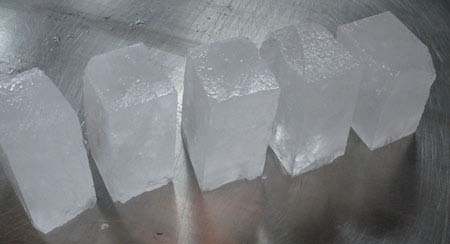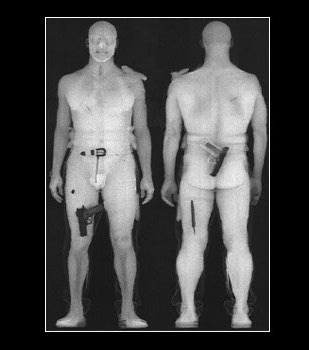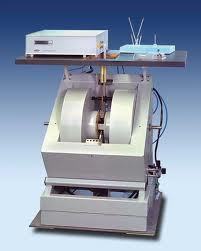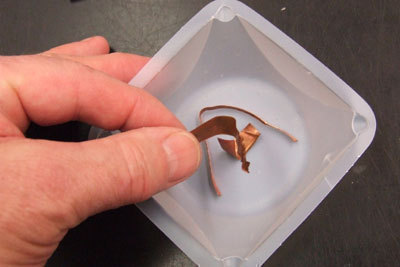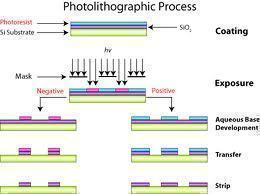How a Space Station Works
What was once only a dream has now become a reality as space travel is a regular activity in our society. With thousands of satellites in orbit, the Hubble Space Telescope that can see other galaxies, regular shuttle launches, and prototypes for vehicles that can fly in and out of the atmosphere, it makes sense …




